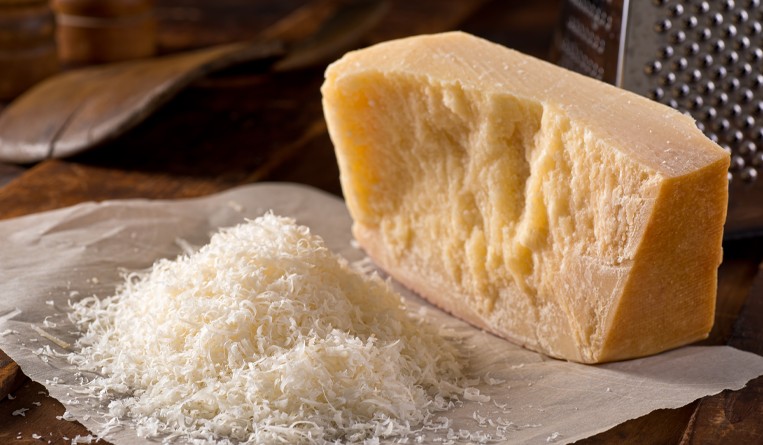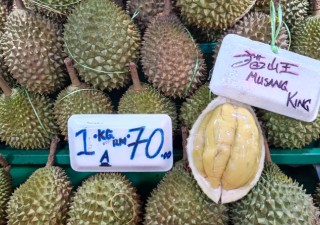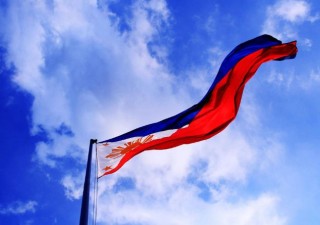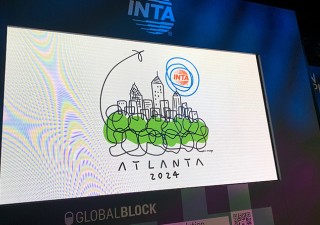Singapore – Fonterra Brands v. Consozio del Formaggio Parmigiano Reggiano
15 December 2024

In Fonterra Brands (Singapore) Pte Ltd v. Consorzio del Formaggio Parmigiano Reggiano [2024] SGCA 53 (Fonterra), the Court of Appeal illuminated the Singapore courts’ position on the protection of geographical indications under the Geographical Indications Act 2014 (GIA). Fonterra Brands (a wholly owned subsidiary of a New Zealand-based cooperative company owned by 10,000 New Zealand dairy farmers) successfully satisfied the court that “Parmesan” is not a translation of “Parmigiano Reggiano”. The respondent, Consorzio, is a voluntary consortium of Parmigiano Reggiano cheese producers and holder of “Parmigiano Reggiano” as a protected designation of origin under European Union law.
Background
Consorzio registered GI No. 50201900057U for “Parmigiano Reggiano” in Singapore. Subsequently, Fonterra Brands filed a request to qualify the rights conferred in respect of the GI, on the basis that “Parmesan” is not a translation of “Parmigiano Reggiano” (the request). Fonterra Brands’ justification for the request was that “Parmigiano Reggiano” cheese originates from specific Italian provinces unlike “Parmesan” cheese which can be made anywhere, and that the two cheeses differ in milk content, regulations, taste, colour and texture. Consorzio opposed the request.
The principal Assistant Registrar (PAR) allowed Consorzio’s opposition and rejected Fonterra Brands’ request. The PAR held, inter alia, that only a translation of the GI is required and that the possible translation need not be the only one.
On appeal, the judge of the General Division of the High Court held that “Parmesan” is a translation of “Parmigiano Reggiano” after considering the probative value of three dictionary extracts tendered by Consorzio. The judge also ruled that a faithful translation which captures the meaning of the words in question should be adopted for the GIA’s purposes, rather than a strict translation.
Fonterra Brands appealed against the judge’s decision.
Meaning of a “translation” under the GIA
The court held that a “translation” under the GIA refers to a faithful translation of the registered GI, as a whole, which captures the term’s essence at the time the request for the qualification is filed. Such translation must be known to the average consumer (i.e. Singapore citizens and residents) since a GI’s function is to indicate to consumers that the product originates from a specific region. In the present context, the average consumer would lack specialist knowledge of cheese.
While the meaning of words in the dictionary may bear some relevance, the court emphasized that such meanings should not be taken to be the definitive authority and had to be contextualized. To this end, the court observed that consumer surveys may provide evidence of the term’s general usage.
Whether “Parmesan” is a translation of “Parmigiano Reggiano”
The court highlighted that of the three dictionary extracts, the one which defined the Italian term “Parmigiano” as “Parmesan m” in French would require evidence to substantiate the assumption that the average Singaporean consumer is proficient in French or familiar with the meaning of “Parmesan m”. However, no such evidence was before the court. The court further ruled that the other two dictionary extracts which defined “Parmigiano” as “Parmesan Cheese” in (British) English were meanings compiled by foreign publishers who may not have been informed of the word’s usage in Singapore.
Instead, the court found that Fonterra Brands had adduced sufficient evidence to show that Singapore consumers regard “Parmesan” and “Parmigiano Reggiano” as referring to two different cheese products. Such evidence took the forms of product packaging and listings which showed that cheese sold as "Parmigiano Reggiano" (which had to originate from specified Italian provinces) was marketed differently from cheese sold as “Parmesan” (which were produced in other countries including New Zealand, Australia, Germany, South Korea and Japan); and online catalogues of Singapore groceries and cheese stores as well as Amazon Singapore which categorized “Parmigiano Reggiano” cheese separately from “Parmesan” cheese.
Conclusion
In light of its finding, the court held that the qualification that the protection of the GI “Parmigiano Reggiano” should not extend to the use of the term “Parmesan” should be entered into the Register.
The court’s verdict in Fonterra aptly encapsulates its pronouncement that while the protection of GIs “safeguards the interests of Singapore’s consumers by providing greater assurance that food products truly carry the characteristic that they are known for, and which are attributable to their geographic origin”, the registration of GIs should not “prevent fair and established competition from products of a similar nature which have their origins outside of the registered geographical area”.









